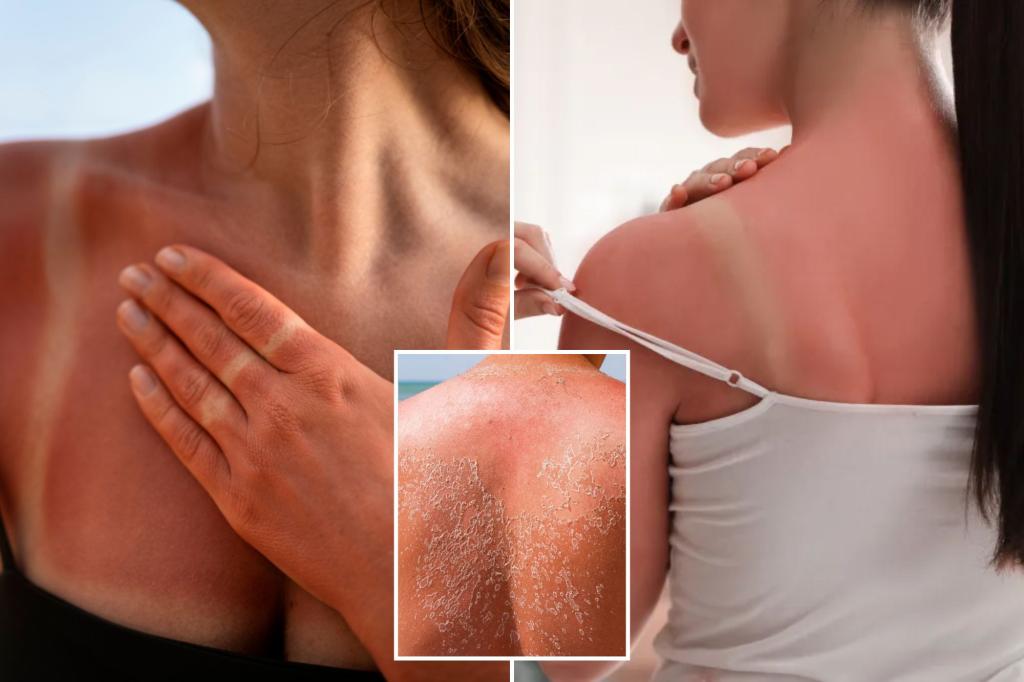Consider this your burn notice.
One-third of adults will experience at least one sunburn this year, statistics show, with white adults younger than 30 getting burned most often. More than 33,000 of these sunburns will require a trip to the ER — plus, getting sunburned increases your risk of skin cancer.
Now, health experts are sharing the differences between sunburn and sun poisoning — both result from spending too much time in the sun with inadequate protection or no protection at all.
“A sunburn and sun poisoning can look the same, although the latter would be more intense, and you would usually experience swelling and blisters,” Dr. Anisha Patel, an associate professor of dermatology at the University of Texas MD Anderson Cancer Center, told Verywell Health last week.
“The key differences are the systemic symptoms,” including headache, dizziness, nausea, and rapid heartbeat, Patel added.

Harvard Health reports that a mild to moderate sunburn is characterized by redness, pain, and skin that feels hot to the touch — symptoms that tend to clear up after three days.
Signs of sun poisoning include blisters, severe pain, swelling, and fever. These symptoms tend to linger longer.
Babies and children, people with fairer skin or skin conditions, those who work outside from 10 a.m. to 4 p.m. during peak sun, people taking certain medications, indoor tanning bed users, and those who don’t take sun precautions face a higher risk of sun poisoning.
If you get sunburned, experts say you should get out of the sun, drink lots of water, rest and try to manage pain with ibuprofen.
If that doesn’t work, consider applying cool compresses, aloe vera gel or non-fragranced creams or taking a cool colloidal oatmeal bath. Do not pop blisters or apply cortisone to the skin, which can slow healing.
Seek medical attention if you have
- Bright red, oozing skin
- Fever
- Mental confusion
- Severe pain
- Feelings of extreme cold
- Headache
- Nausea
- Vomiting
